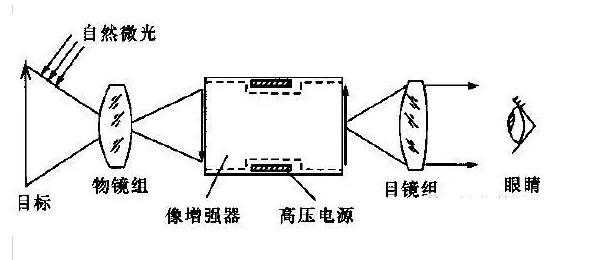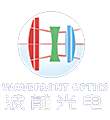Night vision lens
Key words:
The night vision device converts the invisible light (low light or infrared light) signal from the target into an electrical signal, and then amplifies the electrical signal, and converts the electrical signal into an optical signal visible to the human eye. Night vision products use the objective lens to focus the light on the image intensifier to collect and enhance the existing light. Inside the intensifier, a photocathode is "activated" by light and converts photon energy into electrons. These electrons pass through an image intensifier. The electrostatic area located inside the intensifier is accelerated and hits the phosphor surface screen to form an image visible to the human eye.

Now, the use range of infrared night vision equipment has become more and more extensive. It is suitable for night patrols of the army, customs, border defense, and security guards, detection and evidence collection. Night monitoring of important cultural relics warehouses in banks and treasuries. Night exploration of seabed resources, underwater part monitoring of offshore oil platforms, ocean fishing, and infrared night vision instruments are all important tools. Satellite remote sensing and telemetry, night observation of weak stars in astronomical galaxies. Record the study of the growth regularity of plants at night, and the study of the life habits of nocturnal animals.
Night vision device can be equipped with different magnification objectives. The more magnified the image, the more light is lost, so the general objective lens is mainly doubled. Generally common lenses are 1X, 3X, 5X. Look at the lens diameter and magnification. Regardless of the volume, of course the bigger the better. In the same situation of the image-enhancing tube, in principle, the larger the aperture, the farther the observation distance, the clearer the image.
The resolution of the lens is very important. The higher the resolution, the clearer the image will be displayed.
As for the nominal observation distance of the night vision device, generally speaking: the distance of the first generation is 100-250 meters, the distance of the second generation is 200-350 meters, and the distance of the third generation is 300-500 meters, which can see objects clearly. The specific decision depends on the quality of the lens, image processing technology, infrared transmitter, and resolution.
Previous Page
Next Page
Previous Page
Next Page






